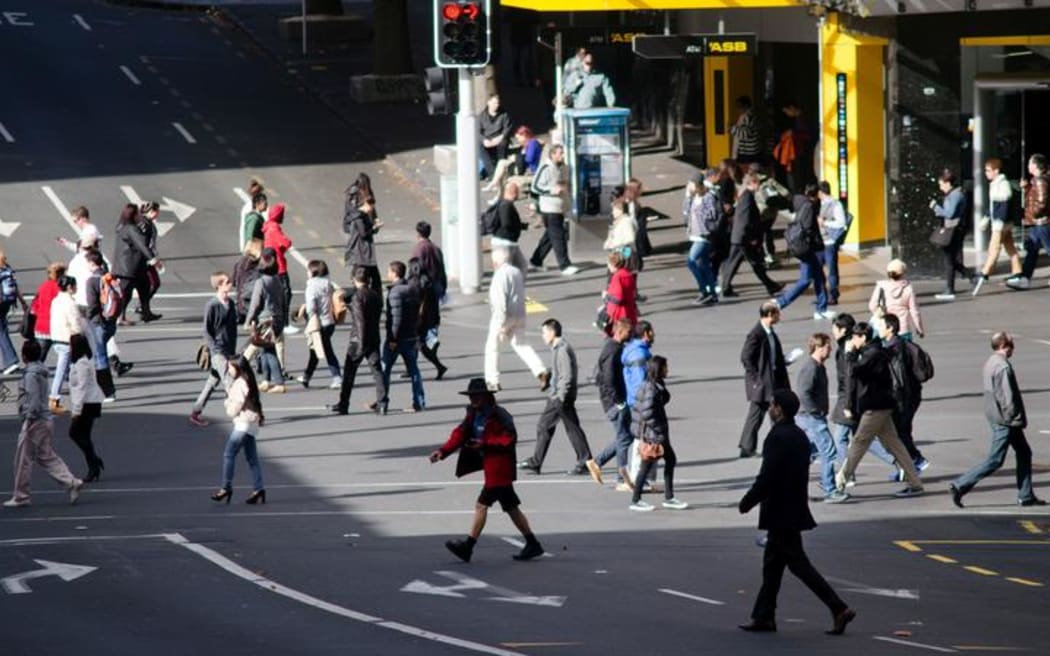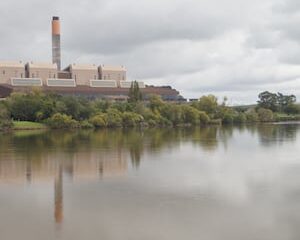Business
New Zealand Faces Job Losses: 27,850 Positions Vanish in a Year

New data reveals that New Zealand’s job market has suffered a significant blow, with 27,850 jobs disappearing between June 2022 and June 2023. This decline highlights the ongoing challenges faced by the workforce, particularly among younger individuals. According to Stats NZ, while the number of filled jobs experienced a slight increase of 0.1 percent month-on-month, it still reflects a concerning decrease of 1.2 percent year-on-year.
The construction sector alone saw a loss of 12,169 jobs, translating to a 6 percent decrease. Other sectors also faced setbacks: manufacturing lost 5,850 jobs or 2.5 percent, professional, scientific, and technical services fell by 5,150 jobs or 2.7 percent, and administrative and support services experienced a decline of 4,860 jobs or 4.7 percent. On a positive note, the education and training sectors, along with primary industries, added jobs during this period.
The impact of these changes is particularly pronounced among young people. Data shows that individuals aged 15 to 19 experienced a 10 percent reduction in job opportunities, while those aged 20 to 24 and 25 to 29 saw declines of 3.5 percent and 3.9 percent, respectively.
Hugh Hawkins, a 23-year-old recent graduate, has been actively seeking employment after completing an honours degree last year. He described his struggle to find work: “I’ve managed to find a tiny bit of casual work through connections of people I know. Otherwise, I’ve been serially ghosted with absolutely no success.” He aimed to send out 10 applications each week, but faced rejection even for roles he felt qualified for. “One position I was qualified for had 630 applicants,” he noted, highlighting the competitive nature of the job market.
Hawkins further shared that many of his peers are in similar situations, relying on benefits to cover living expenses while juggling casual work. “If I’m struggling, it must mean terrible things for what other people are also going through,” he added.
The latest figures prompted analysis from economists at Infometrics, who noted that the previous month’s increase in filled jobs had been revised down to a decline. They cautioned that June’s modest rise might similarly be adjusted to reflect flat or negative growth in future reports. In major cities, Auckland reported a 1.9 percent year-on-year drop in filled jobs, while Wellington experienced a decline of 2.3 percent. Conversely, Canterbury saw a slight increase of 0.1 percent.
Mark Smith, a senior economist at ASB, remarked on the increasing difficulties faced by young workers. He suggested that the actual number of job losses might be higher than reported, as some businesses had likely added positions throughout the year. “The labour market tends to be the last thing to move,” he explained. Smith expressed concern over the downward revisions seen in recent data, stating, “The trend is still falling. Covid had a huge impact, and there are lingering effects.”
He further projected that the unemployment rate could rise in the coming months, as some who lost jobs have exited the labour market, leading to a decrease in participation rates. “If that participation rate did not keep falling, we would have a much higher unemployment rate, closer to six percent,” Smith cautioned.
Despite these challenges, Smith acknowledged that the primary sector and regions in the South Island continue to show resilience. Conversely, the goods sector and major urban areas are experiencing ongoing weakness.
Mike Jones, chief economist at BNZ, remains cautiously optimistic. He anticipates that the current slowdown in job growth will be temporary, stating, “The underlying drivers of the recovery remain in place and should reassert themselves in coming quarters.” However, he has adjusted his forecast for peak unemployment to 5.4 percent by the end of 2023, indicating a delayed recovery in the labour market.
In light of these developments, Ricardo Menendez-March, the Green Party spokesperson for social development and employment, has called on the government to take action. He emphasized the need for initiatives that create jobs, suggesting that the Green Job Guarantee, outlined in the party’s alternative budget, could generate 40,000 jobs aimed at rebuilding infrastructure and supporting environmental restoration.
“The reality is that people need opportunities,” Menendez-March stated, “instead they are being punished and pushed into poverty.” As New Zealand navigates this challenging economic landscape, the focus remains on finding effective solutions to support those affected by the shifting job market.
-

 World4 months ago
World4 months agoTest Your Knowledge: Take the Herald’s Afternoon Quiz Today
-

 Sports4 months ago
Sports4 months agoPM Faces Backlash from Fans During Netball Trophy Ceremony
-

 Lifestyle4 months ago
Lifestyle4 months agoDunedin Designers Win Top Award at Hokonui Fashion Event
-

 Entertainment4 months ago
Entertainment4 months agoExperience the Excitement of ‘Chief of War’ in Oʻahu
-

 Sports4 months ago
Sports4 months agoLiam Lawson Launches New Era for Racing Bulls with Strong Start
-

 World5 months ago
World5 months agoCoalition Forms to Preserve Māori Wards in Hawke’s Bay
-

 Health4 months ago
Health4 months agoWalking Faster Offers Major Health Benefits for Older Adults
-

 Lifestyle4 months ago
Lifestyle4 months agoDisney Fan Reveals Dress Code Tips for Park Visitors
-

 Politics4 months ago
Politics4 months agoScots Rally with Humor and Music to Protest Trump’s Visit
-

 Top Stories5 months ago
Top Stories5 months agoUK and India Finalize Trade Deal to Boost Economic Ties
-

 Health2 months ago
Health2 months agoRadio Host Jay-Jay Feeney’s Partner Secures Visa to Stay in NZ
-

 World5 months ago
World5 months agoHuntly Begins Water Pipe Flushing to Resolve Brown Water Issue









